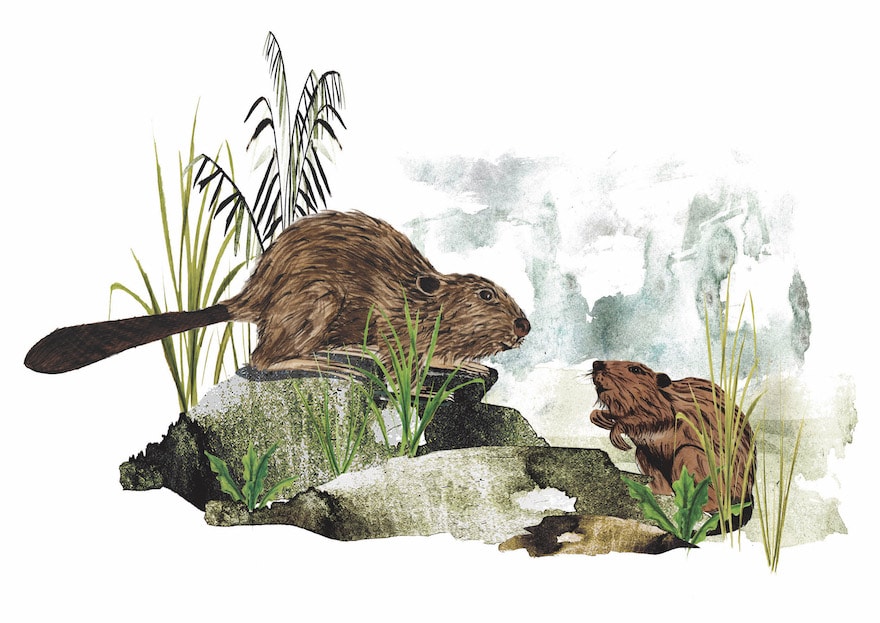Environmental Philanthropy: Stories to Inspire
Reintroduction of beavers to Scotland
For at least four hundred years, beavers were a long-lost memory in Great Britain, having been hunted to extinction – killed for their pelts and the medicinal properties of their glands. Yet beavers had been a key species on this island for millennia. Known as ‘natural engineers’ for good reason, beavers have an extraordinary ability to modify their immediate habitats and surroundings. They build dams along streams and rivers that filter out pollutants, reduce flooding, store water in pools for times of drought, and attract a great diversity of other wildlife. The return of beavers will do more to create the right conditions for our wetland habitats, wildlife and ecosystems to thrive than most other significantly more expensive management interventions we might take. Their reintroduction is a cost-effective approach to restoring our impoverished environment.
Recognising the potential for beavers to help us address a host of conservation issues, we supported the Scottish Wildlife Trust (SWT) and their partners when they ran a trial beaver reintroduction in Knapdale Forest in mid-Argyll. Our contribution was to a much larger budget secured by SWT and was used as general funding for public engagement prior to and during the release, monitoring the release itself, and visitor communication efforts.
Wild beavers were translocated from Norway in family groups, with eleven animals initially released in May 2009. It was a challenging but ultimately successful project, culminating in the Scottish government confirming that the animals could remain in the wild where they continue to thrive today. It will take some years for the animals to have a full impact on their environment, but they are already re-engineering the landscape and making a significant difference.
This is the first time a mammal has been formally reintroduced in UK history and we’re incredibly proud to have been a part of it.
